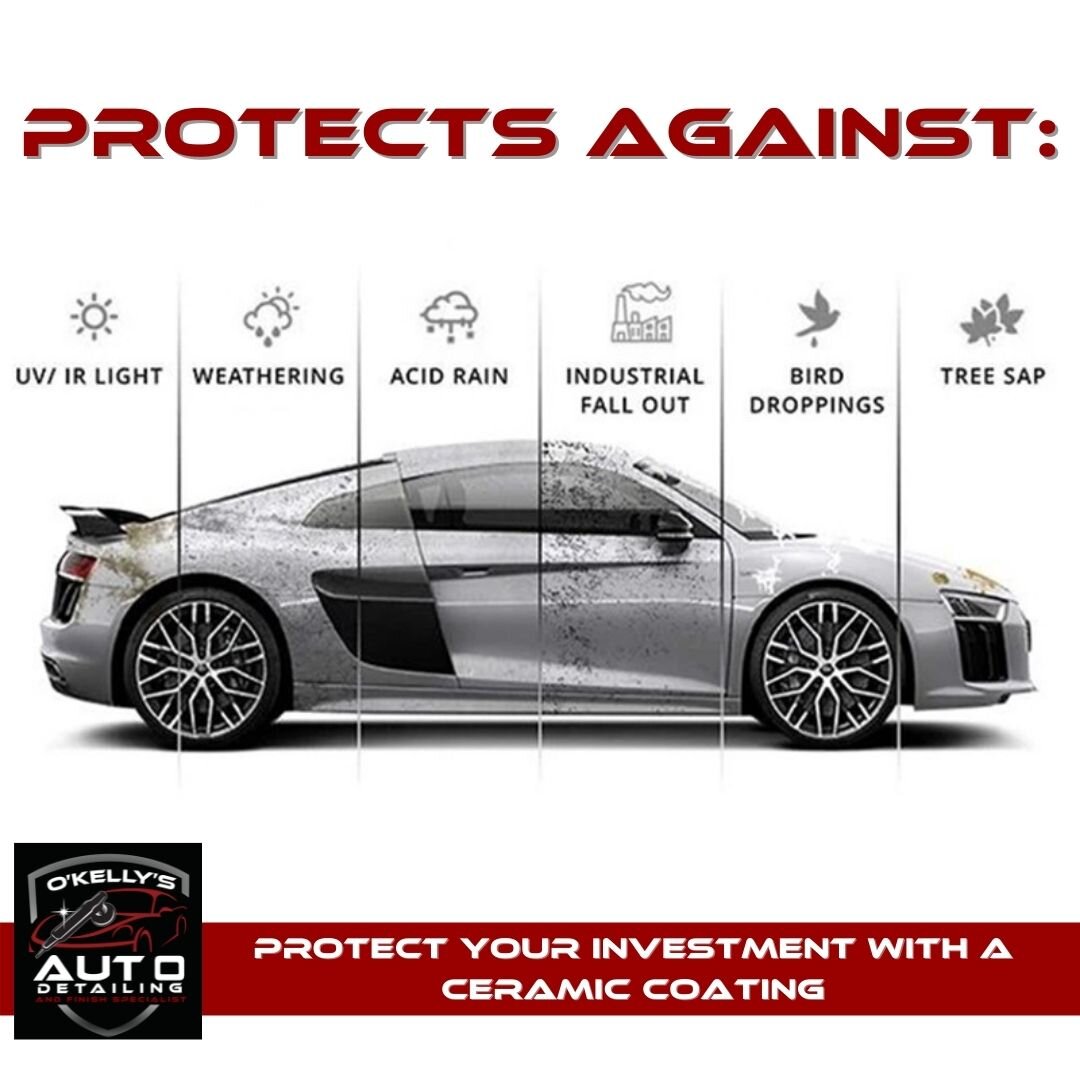Why Pick Ceramic Coatings San Jose for Long-Lasting Luster
Why Pick Ceramic Coatings San Jose for Long-Lasting Luster
Blog Article
Revealing the Science Behind Ceramic Coatings: How Does It Work and Why Is It Superior to Typical Alternatives?
Ceramic layers have been gaining appeal in different markets for their exceptional performance and longevity. Comprehending how ceramic coatings job and why they surpass standard options is essential for those seeking to improve the durability and resilience of their products.
The Chemistry of Ceramic Coatings
In understanding ceramic coverings, delving right into the elaborate chemistry behind their make-up is essential for understanding their functionality and toughness. Ceramic finishes are mainly made up of silicon dioxide (SiO2), which creates a strong and safety layer when put on different surface areas. This chemical structure supplies remarkable resistance to heat, chemicals, and corrosion, making ceramic coatings very looked for after for a wide variety of applications.
The chemistry behind ceramic finishes includes the development of covalent bonds between silicon and oxygen atoms, creating an inflexible network that improves the layer's strength and resilience. Additionally, the existence of various other aspects such as aluminum, titanium, and zirconium more boosts the finish's properties, using increased hardness and bond to surfaces.
Understanding the chemical composition of ceramic layers enables the modification of formulas to suit specific requirements, whether it be for automotive, industrial, or domestic purposes. By utilizing the power of chemistry, ceramic finishes remain to lead the way for premium security and efficiency in numerous markets.
Advantages of Ceramic Coatings

As a result, ceramic coatings make cleansing and keeping surfaces much simpler and less lengthy. Generally, the multitude of benefits offered by ceramic coverings make them a premium option compared to conventional finishing approaches.
How Ceramic Coatings Bond
Ceramic coatings bond to surface areas with a procedure that entails molecular adhesion and chemical interactions. When a ceramic layer is applied to a surface, it develops a strong bond by chemically sticking to the surface area at a molecular degree. This bond is created through the formation of covalent bonds, which are durable and extremely solid. The ceramic finish's molecules pass through the pores of the surface, producing a tight grasp that stands up to splitting up.
In addition, the chemical communications in between the ceramic finish and the surface even more improve the bond. ceramic coatings san jose. These interactions enable the ceramic covering to produce a continuous and seamless layer externally, providing outstanding protection and toughness. Unlike standard finishes that may rest on the surface area without fully bonding, ceramic coatings create an irreversible bond that is immune to chemicals, UV rays, and harsh ecological problems

Basically, the bonding system of ceramic coatings guarantees a resilient and reliable protective layer that outperforms conventional coating options. This remarkable bond contributes to the toughness, scrape resistance, and long life of ceramic layers, making them a favored choice for numerous applications.
Toughness of Ceramic Coatings
The remarkable long life of ceramic layers stems from their durable molecular bond and chemical communications with surfaces, making sure a sturdy safety layer that surpasses traditional layer options. When applied, ceramic finishes create a solid bond with the substratum, producing a resistant obstacle versus different ecological stressors such as UV radiation, chemicals, and abrasions. This bond is so safe that it can endure the roughness of daily usage without weakening or breaking down rapidly.
Unlike conventional finishings that may break down over time, ceramic finishings maintain their honesty for an extended period, giving durable protection for the underlying surface. Generally, the exceptional sturdiness of ceramic coverings makes them a remarkable option for securing a vast array of surface areas in different applications.
Ceramic Coatings Vs. Standard Alternatives
In comparison to traditional layer techniques, ceramic coverings supply a distinctive mix of toughness and safety abilities that establish them apart in different surface area security applications. Standard choices such as wax or sealers supply a short-lived layer of protection that can wear away rapidly, requiring constant reapplication. On the other hand, ceramic coverings develop a strong bond with the surface, creating a semi-permanent or permanent obstacle that helpful hints is very resistant to abrasion, chemicals, UV rays, and extreme temperatures.
Moreover, ceramic finishings supply superior hydrophobic buildings contrasted to traditional finishes. The hydrophobic nature of ceramic coverings triggers water to bead up and roll off the surface, carrying dust and impurities with it. This self-cleaning result helps to keep the surface's sanitation and gloss for prolonged periods, reducing the demand for reference regular maintenance.
Furthermore, ceramic coatings have a thicker layer compared to standard options, supplying enhanced scratch resistance and protection versus minor influences. This sturdiness makes certain durable efficiency and helps maintain the aesthetic allure of the dealt with surface for an extended duration.
Conclusion
To conclude, the science behind ceramic coatings depends on their chemical composition and bonding homes, making them above typical choices. The advantages of ceramic finishes consist of enhanced durability and protection for surface areas. By understanding exactly how ceramic coatings work and their benefits over traditional options, one can make educated choices when considering finish options for various applications.
Unlike standard coatings that might sit on the surface without completely bonding, ceramic layers create an irreversible bond that is resistant to chemicals, UV rays, and extreme ecological conditions.
The extraordinary long life of ceramic coatings stems from their robust molecular bond and chemical communications with surface areas, making certain a durable protective layer that surpasses conventional finish choices.Unlike typical coatings that may deteriorate over time, ceramic coatings preserve their stability for a prolonged period, offering lasting security for the underlying surface area.In contrast to standard coating approaches, visit this site right here ceramic coatings offer a distinctive mix of sturdiness and safety capacities that set them apart in different surface area defense applications. By recognizing just how ceramic layers job and their benefits over traditional options, one can make informed choices when taking into consideration finish choices for various applications.
Report this page